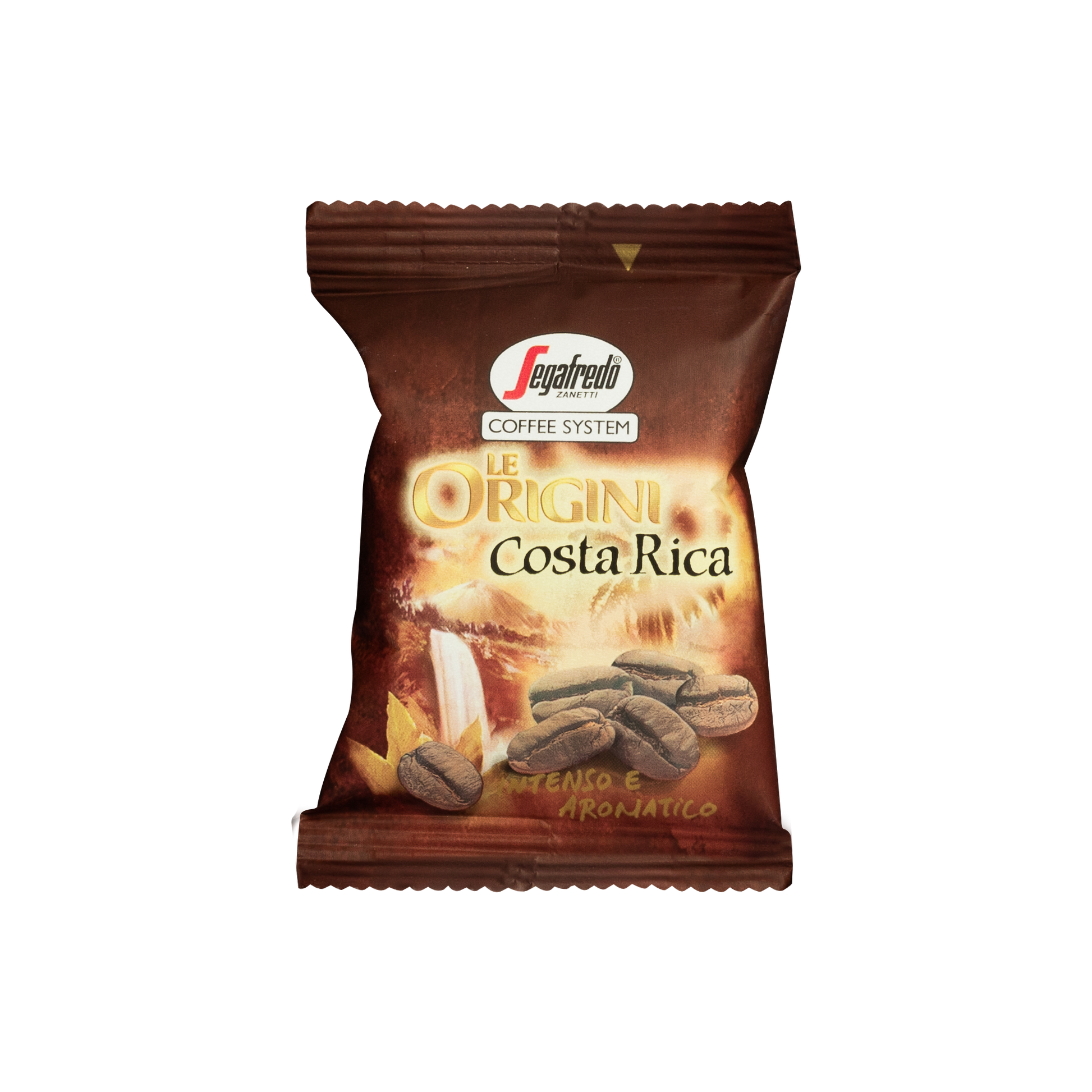Savor the True Quality with Recently Roasted SOE Single Origin Espresso
Wiki Article
Comprehending Coffee Beans: the Trip From Espresso to Blended Coffee Beans

The Origins of Coffee: A Global Point Of View
While you may assume of coffee as a modern staple, its origins map back centuries, intertwining with societies across the globe. The tale begins in Ethiopia, where tale says a goat herdsman called Kaldi discovered the energizing impacts of coffee beans after discovering his goats frolicking vigorously after eating them.As profession courses broadened, coffee made its way to Europe in the 17th century, swiftly getting appeal. It transformed from a mystical beverage into a daily ritual, motivating celebrations and intellectual exchanges. Each society included its distinct spin to coffee preparation, enhancing its history. This worldwide journey highlights how coffee connects us, transcending boundaries and uniting diverse customs with a simple bean.
Cultivation and Harvesting of Espresso Beans
As coffee's trip developed, the emphasis shifted to the farming and harvesting of specific bean varieties, especially those used for coffee. You'll discover that coffee beans often originate from Arabica or Robusta plants, each offering unique flavors. The excellent expanding problems include high altitudes and rich, well-drained soil, which boost the beans' top quality.During the harvest, choosing methods vary. In some areas, employees hand-pick ripe cherries, guaranteeing only the ideal fruit goes to handling. In other locations, mechanical harvesters are used, particularly on larger ranches. Timing is important; you desire to harvest when the cherries get to peak perfection for maximum taste.
As soon as gathered, the beans are planned for processing, which is necessary in determining their last taste. Recognizing the growing and collecting procedures gives you understanding right into what enters into your favorite espresso, improving your admiration for every mug.
Processing Techniques: From Cherry to Bean
Since you have actually discovered gathering coffee beans, let's discover just how those cherries transform right into the coffee beans you love. You'll see just how different harvesting techniques influence taste, adhered to by the vital steps of fermentation and drying out. Finally, we'll damage down the milling and grading process that determines your coffee's top quality.Gathering Strategies Described
When it comes to coffee, recognizing harvesting methods is essential, considering that they straight impact the taste and high quality of the beans you enjoy. Selective selecting includes hand-picking only ripe cherries, guaranteeing you obtain the finest quality beans. Eventually, the choice of harvesting technique can considerably affect your coffee experience, so it's worth knowing just how those beans made it to your cup.Fermentation and Drying Out
After collecting, the next steps in processing coffee beans play a significant function fit their flavor. You'll discover that fermentation is vital, as it assists break down the mucilage surrounding the beans, enhancing their taste profile. Relying on the method, this process can last from a couple of hours to several days, with differing outcomes based upon temperature and humidity.When fermentation is complete, drying adheres to, which is similarly crucial. You can pick from mechanical or sun-drying drying approaches. Sun-drying permits the beans to absorb tastes from the environment, while mechanical drying out assurances consistent dampness levels no matter weather. Proper drying out is necessary to protect against mold and mildew and protect the beans' top quality, eventually influencing your cup of coffee.
Milling and Grading Refine
As fermentation and drying established the stage for flavor advancement, the milling and grading procedure warranties that just the finest coffee beans make it to your cup. This phase involves eliminating the outer layers of the coffee cherry, including the parchment and husk. Top quality beans obtain a greater quality, resulting in a richer coffee experience.Roasting Methods: Unlocking Flavor Potential
When you roast coffee beans, the approach you pick can drastically affect the taste account. Recognizing the connection in between time, temperature, and toasting methods is key to exposing the capacity of your brew. Let's check out how these components collaborated to develop the ideal cup.Roasting Approaches Discussed
While you may believe that all coffee toasting approaches yield the very same results, the truth is that each strategy discloses distinct taste possibilities in the beans. You can pick in between techniques like drum toasting, air roasting, and even traditional pan roasting. Drum toasting utilizes a rotating drum to evenly distribute warmth, improving caramelization and creating a balanced flavor. Air roasting, on the other hand, flows hot air around the beans, advertising a lighter roast with obvious level of acidity. Pan roasting allows for hands-on control yet calls for continuous focus to stay clear of burning. Each method has its nuances, so experimenting with various strategies can help you find the perfect roast that lines up with your preference preferences. Appreciate the journey of finding your ideal mug!:max_bytes(150000):strip_icc()/__opt__aboutcom__coeus__resources__content_migration__serious_eats__drinks.seriouseats.com__images__20110830-espresso-main-248fa93e7b7644e3baabac416fd2579c.jpg)
Impact on Flavor Account
Various toasting methods not only affect the procedure but likewise significantly impact the flavor profile of the coffee beans. When you select a light roast, you'll experience intense acidity and floral notes, showcasing the bean's origin. On the other hand, a tool roast equilibriums level of acidity with sweetness, usually exposing chocolatey touches. Dark roasts, on the other hand, bring out bold, great smoky flavors, in some cases masking the bean's distinct characteristics. Each technique exposes different oils and substances, resulting in a vast array of tastes. By trying out different roasting styles, you can find which profiles reverberate with your palate. Recognizing these nuances assists you value the artistry behind your cup of coffee, boosting your general experience with every sip.Time and Temperature Level Factors
To launch the complete flavor potential of coffee beans, both time and temperature throughout the toasting process play significant duties. When toasting, you'll discover that higher temperature levels can promptly establish flavors, yet if you hurry it, you could end up with charred notes. Conversely, reduced temperatures permit an extra progressive flavor growth, showcasing the beans' unique features.
Timing is just as important; prolonging the roast too long can cause a loss of acidity and illumination, while too brief a roast could leave the beans underdeveloped. Locating that wonderful spot needs technique and testing. By readjusting these elements, you can disclose the rich, complicated tastes hidden within each bean, producing a truly exceptional coffee experience.
The Art of Mixing: Crafting Distinct Coffee Accounts

Begin by choosing a base coffee that provides a strong structure. A brilliant Ethiopian bean can bring fruitiness, while a rich Brazilian coffee adds body.
As you blend, bear in mind that each combination tells a tale. You're not simply making coffee; you're developing an experience. So, take your time, preference regularly, and appreciate the trip of uncovering your trademark blend.
Brewing Methods: Just How Prep Work Impacts Flavor
Blending coffee opens up a domain name of flavor opportunities, but just how you brew that mix can significantly affect your final mug. On the other hand, a pour-over highlights the coffee's clarity and illumination, ideal for showcasing fragile notes.Espresso, with its high pressure, creates a focused shot that highlights sweet taste and crema. If you like a lighter mixture, take into consideration a cold mixture method; it produces a smooth, less acidic taste.
Changing variables like water temperature level, grind size, and brew time can change your coffee's account. Embrace the art of brewing to uncover the tastes hidden in your coffee blends.
The Future of Coffee: Sustainability and Advancement
As the coffee industry advances, sustainability and development are ending up being essential for attending to ecological obstacles and meeting consumer demands. You'll observe that even more coffee firms are adopting environment-friendly techniques, from sourcing beans morally to implementing sustainable farming methods. These shifts not just assist the earth yet additionally enhance the quality of the coffee you delight in.You may see advancements like eco-friendly product packaging and water-saving developing approaches that reduce waste. Advanced technology, such as blockchain, is also becoming popular, guaranteeing transparency in the supply chain, which allows you to trace your coffee back to its origins.
Furthermore, buying neighborhood areas and sustaining farmers via reasonable profession efforts promotes a more sustainable coffee ecosystem. As you drink your following mug, keep in mind that your options can add to a brighter future for coffee. By opting for sustainable brand names, you're not simply appreciating a drink; you're making a positive effect on the globe.
Regularly Asked Concerns
What Is the Distinction Between Arabica and Robusta Beans?
Arabica beans are smoother, sweeter, and have a greater acidity, while robusta beans are more powerful, a lot more bitter, and include even more high levels of caffeine. You'll discover these distinctions in flavor and aroma when making your coffee.Exactly How Does Altitude Affect Coffee Bean Taste?
Altitude influences coffee bean taste significantly. Higher altitudes produce beans with brighter level of acidity and complex tastes, while lower altitudes frequently produce beans that are heavier and much less nuanced. You'll notice these distinctions in your cup!What Are the Health And Wellness Benefits of Alcohol Consumption Coffee?
Drinking coffee can improve your power, enhance psychological focus, and even boost physical performance. It's rich in anti-oxidants, may reduce the danger of particular diseases, and can promote a much healthier metabolism when consumed in small amounts.Can Coffee Beans Be Reused for Brewing?
Yes, you can recycle coffee beans for developing, but the flavor may be weak. If you delight in exploring, attempt reusing them in different methods, like cool brews or contributing to smoothie mixes for an extra kick.Exactly how Should I Shop Coffee Beans for Quality?
To keep your coffee beans fresh, store them in a closed container in a trendy, dark place. Avoid subjecting them to heat, light, or wetness, as these aspects can quickly degrade their taste and fragrance.Comprehending Coffee Beans: the Trip From Coffee to Blended Coffee Beans.
Now that you've learned regarding gathering espresso beans, let's check out exactly how those cherries transform into the coffee beans you like.When you roast coffee beans, the technique you select can substantially influence the taste account - Single Origin Espresso.While you could assume that all coffee toasting techniques produce the exact same results, the truth is that each technique discloses unique taste possibilities in the beans.Various roasting techniques not only affect the procedure however likewise considerably impact the flavor profile of the coffee beans
Report this wiki page